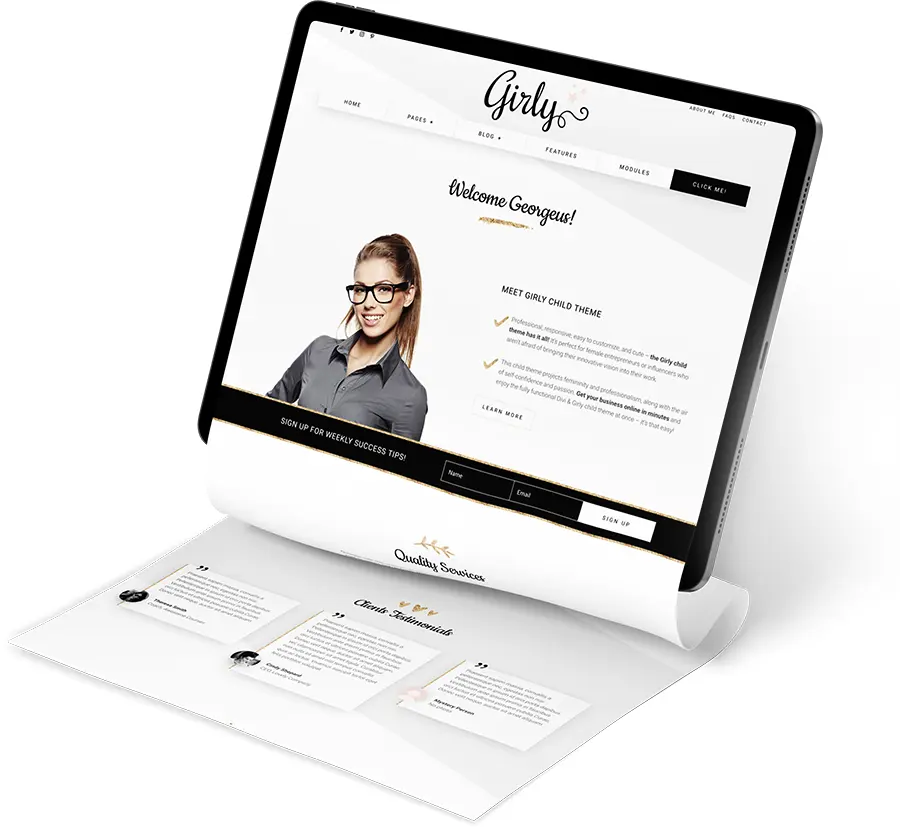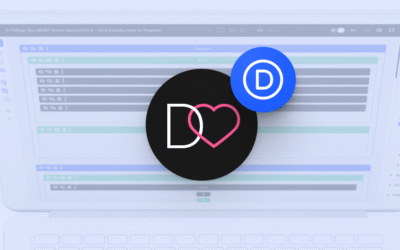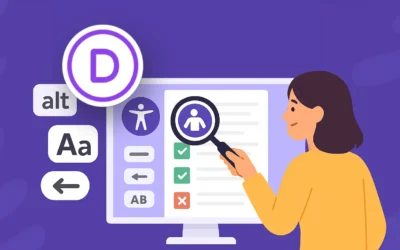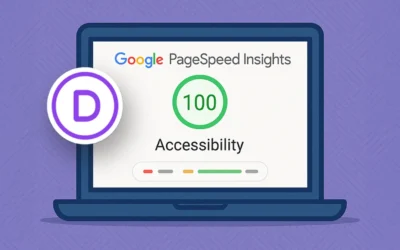There are many advantages to using a Divi child theme. For one, it will cut the time of designing a new website in half since a good theme will have everything you need: a set of pre-designed pages and modules, global customization functionality, and often additional features that would normally take a lot of time to code with custom CSS. Whether you want to design just one website or want to speed up your client web design work, a Divi child theme is a great choice.
But with so many options on the market, you might find it difficult to pick the right one. In this article we will tell you how to choose a Divi child theme that will be best for your project.

Two kinds of child themes: one-purpose and multipurpose
There are many criteria that could be used to divide premium child themes into categories, but we will focus on the purpose. And here, we can differentiate between two main groups: one-purpose and multipurpose Divi child themes.
The Divi Theme can be used to build practically any website (and with the use of custom code, the sky is the limit). But Divi child themes come in levels of specialization. It is dictated by necessity because while designing a theme, the web designer needs to choose a certain direction to make the theme coherent and well-organized.
One approach is to create a child theme for a narrow variety of projects, for example, a theme that is most suited for websites displaying photography and art. Another approach, one that Ania takes designing the Divi Lover child themes, is to make the theme suitable for a wide variety of projects.
Neither is better, but depending on your needs, you will probably choose one over the other. So here are their characteristics and key differences to help you pick the best option for you.
One-purpose Divi child themes: pros and cons
As the name indicates, a one-purpose premium child theme was designed with one purpose in mind (or a few very similar ones). Such a theme’s narrow specialization has many advantages. For one, it will be easy and straightforward to customize. That is because a well made one-purpose theme will be specifically crafted to be perfect for one type of website. It will have everything that website needs: nothing less, nothing more.
It will not overwhelm you with options. You don’t need to choose the perfect page from among dozens, because you will only have a few purposefully crafted pages to choose from.
This sort of theme may also be better geared toward your brand. It will be specifically designed for a certain type of project, thus creating the fitting branding from the start. Some customization might be necessary, but for example, you might not have to fiddle with fonts, because they will be well picked to suit your specific industry.
This sort of theme is perfect if you’re intending to only build this one website or if you have more than one client from a certain industry. Having a child theme with pages and modules dedicated to your specific purposes should speed up your work by a lot.
On the other hand, the narrow specialization might be limiting. If your project goes beyond the scope of what’s common in the industry, for example, you won’t be likely to find ready-made options in a one-purpose child theme.
For examples, check out the Elegant Themes Marketplace. If you scroll through child themes, you will quickly notice the one-purpose products. They will usually state the type of industry they are designed for: roofing, restaurant, real estate etc.
Multipurpose child themes: pros and cons
As you can infer from the name, a multipurpose child theme can be used for building various kinds of websites. There will be some limitations here as well, so typically, a multipurpose child theme will come with information about what kinds of websites it is intended for.
As an example, the newest Divi Lover child theme, Milly, is perfect for a freelancer’s portfolio, for a coach’s website, an agency website, and an online store among others – or some kind of fusion of all these. For this to be possible, Milly has three different homepages, each suitable for a different kind of business, over 30 pages, and a massive library of pre-styled modules and sections.
That means you can customize the website in almost unlimited ways, whipping up pages that will be perfect for your brand.
Another advantage is that your website can grow as your business grows. If you start out with a simple portfolio page and want to add WooCommerce functionality later on, you won’t have to get a new theme or redesign everything: Milly will have you covered.
But it comes with a downside, as well: you might feel overwhelmed by all the options. There are also custom features on top of the Divi options so, for example, Milly comes with global color changes and custom preloaders. You might need some time to familiarize yourself with these features.
That is why Milly is a perfect choice for someone who already has some experience with Divi and wants to build a website with a big potential for growth – or a web designer who builds websites for clients and needs a child theme that can be used to kickstart various types of projects.
For more examples of multi-purpose child themes, look at the Divi Lover themes in our shop.
Final thoughts: how to choose a Divi child theme?
Of course, you need to look at multiple aspects while choosing the perfect premium child theme for yourself. But I hope this discussion will help you narrow down your search and make it easier!
If you’re using a child theme or thinking about it, which type do you prefer and why? Tell us in the comments!



Divi Lover é incrivel. Os trabalhos da Ania refletem talento, bom gosto e muita criatividade. Divi Lover – Milly é impecável !